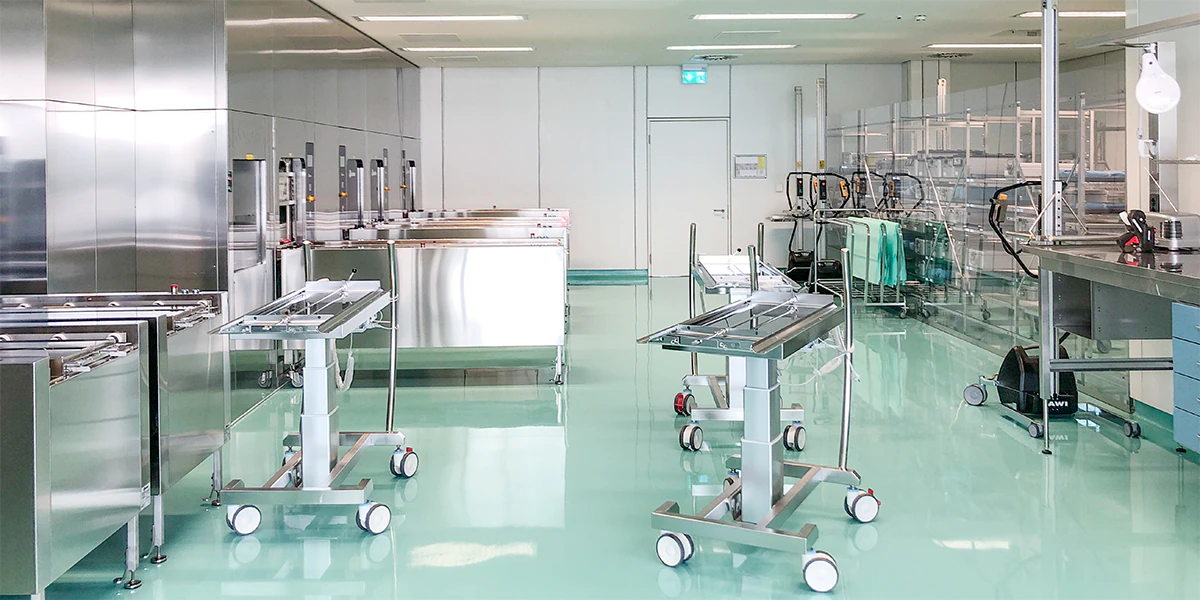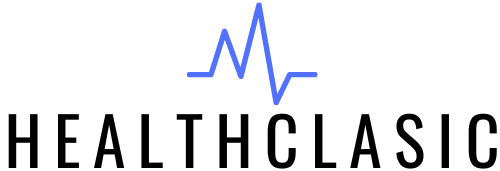Sterilization plays a crucial role in maintaining the integrity and safety of healthcare facilities. The proper sterilization of medical instruments and equipment is paramount to prevent the spread of infections and ensure the well-being of patients. In recent years, there have been significant advancements in sterilization equipment, driven by technological innovations and a growing emphasis on infection control. This article explores the evolution of sterilization equipment, highlighting the latest technologies and their impact on healthcare practices.
Historical Perspective
The history of sterilization dates back to the 19th century when pioneers like Louis Pasteur and Joseph Lister introduced the concept of sterilization to control infections in medical settings. Initially, methods such as boiling, hot air, and chemical disinfection were employed. However, these methods had limitations in terms of effectiveness and efficiency.
Steam Sterilization
One of the most widely used methods of sterilization is steam sterilization, also known as autoclaving. This method involves exposing instruments to high-pressure saturated steam at elevated temperatures. Autoclaves have been a staple in healthcare facilities for decades, providing a reliable and efficient means of sterilizing a wide range of medical instruments. Recent advancements in steam sterilization technology focus on improving efficiency, reducing cycle times, and enhancing user-friendly features.
One notable innovation is the use of pre-vacuum and post-vacuum cycles, which help remove air pockets from the sterilization chamber, ensuring that the steam penetrates all areas of the instruments. Additionally, advanced control systems and monitoring devices have been integrated into autoclaves, allowing for precise control of temperature, pressure, and cycle times.
Low-Temperature Sterilization
While autoclaving remains a gold standard for many applications, certain heat-sensitive instruments and materials require alternative sterilization methods. Low-temperature sterilization technologies, such as ethylene oxide (EO) gas sterilization and hydrogen peroxide vapor sterilization, have gained prominence.
Ethylene oxide gas is known for its ability to penetrate materials and effectively sterilize delicate instruments. However, its use comes with safety concerns due to its flammable and carcinogenic nature. Recent developments in EO sterilization focus on improving safety features, reducing environmental impact, and enhancing overall efficiency.
Hydrogen peroxide vapor sterilization, on the other hand, utilizes a low-temperature process that is effective against a broad spectrum of microorganisms. This method has gained popularity for its ability to sterilize heat-sensitive items without the potential hazards associated with ethylene oxide. Advancements in hydrogen peroxide vapor sterilization include faster cycle times, improved aeration processes, and the development of user-friendly systems.
Plasma Sterilization
Plasma sterilization, also known as low-temperature hydrogen peroxide gas plasma sterilization, is another innovative method gaining traction in the healthcare industry. This technique involves the use of hydrogen peroxide gas and radiofrequency energy to create a plasma state that effectively sterilizes medical instruments.
Plasma sterilization offers several advantages, including its ability to sterilize heat-sensitive items and its environmentally friendly nature. Manufacturers have focused on refining plasma sterilization systems to make them more energy-efficient, compact, and compatible with a wider range of materials. The technology continues to evolve, with ongoing research aimed at enhancing its efficacy and expanding its applications.
Ultraviolet (UV) Light Sterilization
Ultraviolet (UV) light has long been recognized for its germicidal properties, and recent developments have led to the integration of UV light sterilization systems in healthcare settings. UV-C light, in particular, has proven effective in inactivating bacteria, viruses, and other microorganisms.
UV light sterilization systems are designed for various applications, including air and surface disinfection. In healthcare environments, UV light is increasingly being used to complement traditional sterilization methods. Mobile UV-C devices are used to disinfect patient rooms, operating rooms, and other high-touch surfaces. Additionally, UV-C air purifiers are employed to reduce the risk of airborne infections.

Advancements in UV light sterilization technology focus on increasing the efficiency and safety of these systems. This includes the development of automated robots equipped with UV-C lights for precise and consistent disinfection of healthcare spaces. As technology continues to improve, UV light sterilization is likely to play a more prominent role in infection control measures.
Challenges and Considerations
While the advancements in sterilization equipment are promising, healthcare facilities must navigate challenges and considerations to ensure the optimal use of these technologies.
- Validation and Compliance: Healthcare facilities must adhere to stringent regulatory standards and guidelines for sterilization processes. Validating new sterilization technologies and ensuring compliance with regulatory requirements are critical steps in their adoption.
- Material Compatibility: Different sterilization methods may have varying effects on materials. It is essential to consider the compatibility of sterilization methods with the materials used in medical instruments to prevent damage and ensure longevity.
- Occupational Health and Safety: Some sterilization methods, such as ethylene oxide gas, pose potential risks to the health and safety of healthcare workers. Implementing proper safety measures, training protocols, and monitoring systems are essential to mitigate these risks.
- Environmental Impact: The environmental impact of sterilization methods is an increasing concern. Healthcare facilities are exploring environmentally friendly options and working towards reducing the carbon footprint associated with sterilization processes.
Conclusion
Advancements in sterilization equipment have revolutionized infection control in healthcare settings. From the traditional autoclave to cutting-edge technologies like plasma sterilization and UV light sterilization, the landscape of sterilization continues to evolve. These innovations not only enhance the efficiency and efficacy of sterilization processes but also contribute to the overall safety of patients and healthcare professionals.
As technology continues to advance, the healthcare industry can expect further improvements in sterilization equipment, with an emphasis on user-friendly interfaces, reduced environmental impact, and increased automation. The integration of these technologies into everyday healthcare practices is a testament to the industry’s commitment to providing safe and effective patient care. With ongoing research and collaboration between healthcare professionals and technology developers, the future of sterilization equipment holds great promise for creating even safer healthcare environments.
